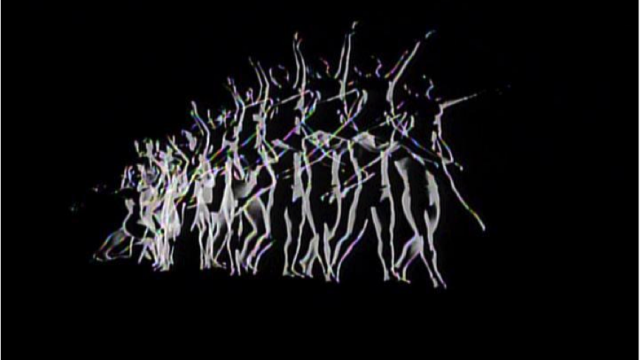Pas de deux dir. Norman McLaren (1968)
Choreography is the most consistently effective practical effect. Dance choreography, of course, and action choreography that can take on the quality of a ballet itself. And just the plain choreography of blocking a scene in a particularly satisfying way, putting bodies in motion
In “Pas de deux,” dance choreography (by Jacques Fogel) is merged with other practical effects using a pre-digital optical printer. Even without the cuts between separate shots that make cinema (and movies) unique, it evokes the choreography of post-production, the coordination of music and image performing in concert. Norman McLaren is known as one of Canada’s foremost animators, though “experimenter” would be a better title to encompass the whole of his work. In his most fun short, 1949’s Begone Dull Care, McLaren and Evelyn Lambert time the motion of shapes and lines of paint to a musical score, suggesting that even actual bodies aren’t necessary to achieve satisfying choreography.
The musical has struggled to make a significant return in film, despite the box office and critical successes of several recent attempts (and possibly one future one… the dawn of the planet of Cats is nigh upon us). Considering La La Land or even going back as far as Moulin Rouge! it’s confusing why movie musicals are a rare treat rather than a regular offering.

